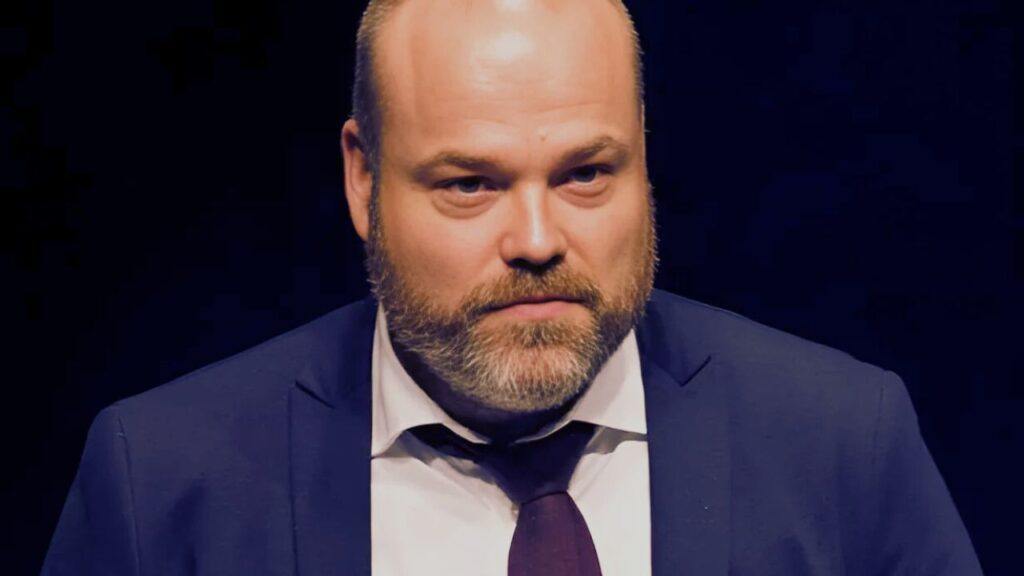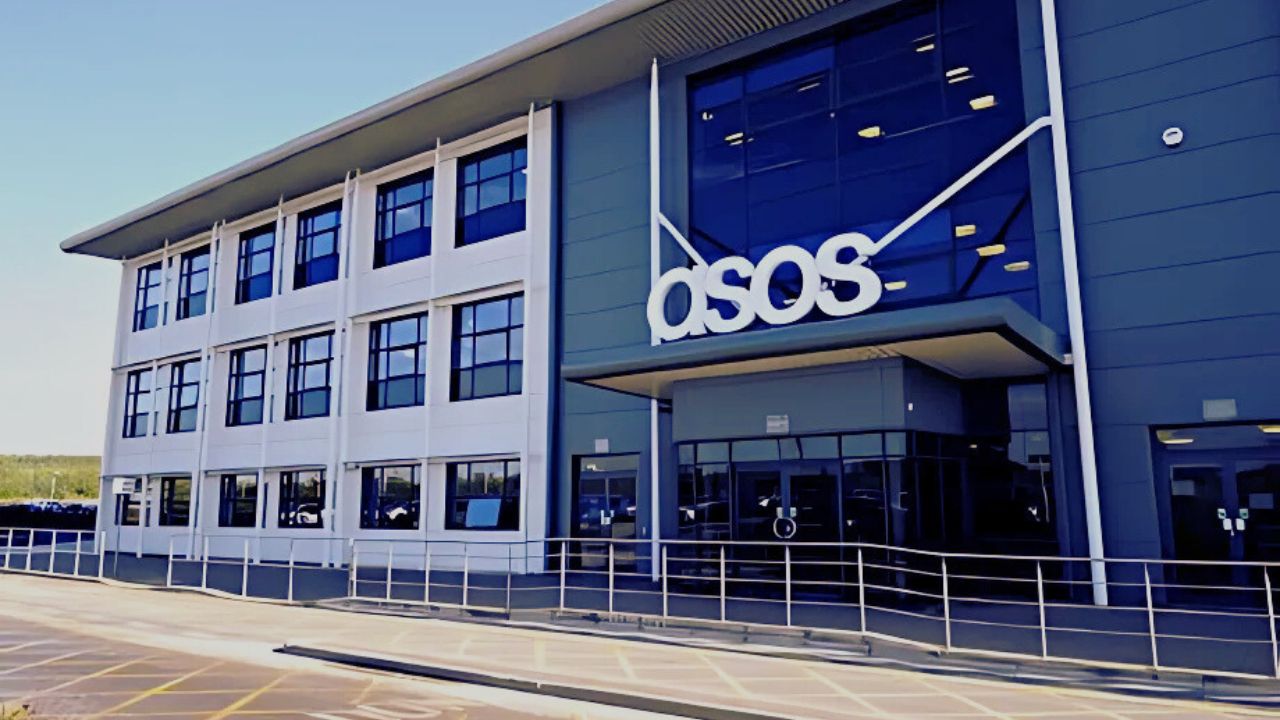ASOS, one of the largest online fashion retailers in the world, has grown to become a household name, particularly among young shoppers. The company offers a wide range of products, from clothing and accessories to beauty items, and has transformed the online shopping experience with its trend-driven, affordable offerings. But who owns ASOS? Who holds the reins of this giant e-commerce platform? In this article, we will delve into the ownership structure of ASOS, shedding light on the key individuals and entities that hold significant stakes in the company.
ASOS’s Corporate Structure
ASOS is a publicly traded company listed on the London Stock Exchange (LSE) under the ticker symbol ASC. As a public company, its ownership is divided among shareholders—which can include institutional investors, company insiders, and retail investors. Since its IPO in 2001, ASOS’s shares have been available for purchase by a wide range of investors. As such, the ownership of the company is widely distributed among these shareholders, with no single entity fully controlling the company. However, Anders Holch Povlsen, the CEO of Bestseller, stands out as the largest shareholder.
Anders Holch Povlsen: The Largest Shareholder of ASOS

Anders Holch Povlsen, a Danish billionaire and the CEO of Bestseller, is the largest shareholder of ASOS. Through his company, Bestseller, Povlsen holds a substantial stake in the British online fashion retailer, making him the most prominent individual investor in ASOS.
Povlsen is one of Denmark’s wealthiest individuals and has built a global retail empire through Bestseller, which owns several well-known brands, including Jack & Jones, Vero Moda, Only, and Selected Homme. His investment in ASOS dates back to several years ago, when Bestseller recognized the growing potential of ASOS in the online fashion industry. Povlsen’s strategic vision has been key to expanding Bestseller’s influence in e-commerce, and his involvement with ASOS has only strengthened his position in the global fashion market.
While Anders Holch Povlsen is not a controlling shareholder of ASOS, his ownership stake through Bestseller makes him the most influential figure in the company’s ownership structure. His decision to continue investing in ASOS reflects his confidence in the company’s long-term growth potential.
Key Shareholders of ASOS
While Anders Holch Povlsen is the largest individual shareholder, ASOS’s ownership is not limited to one person or entity. The company’s ownership is widely distributed among a variety of institutional investors, company insiders, and retail shareholders. Let’s take a closer look at some of the key stakeholders in ASOS:
Institutional Investors
A significant portion of ASOS’s shares is held by large institutional investors, such as BlackRock, Vanguard, and JPMorgan Chase. These investment firms manage large portfolios and typically own substantial stakes in publicly traded companies. Institutional investors have a significant influence on ASOS’s strategy, especially when it comes to major decisions like mergers, acquisitions, or leadership changes.
Company Insiders
ASOS’s executive team and board of directors also own shares in the company. While these insiders do not control the company, their shareholding aligns their interests with those of other shareholders. The founding team, including Nick Robertson and Quentin Griffiths, once held substantial stakes in the company, but over time, their ownership has been diluted as ASOS became more dependent on external investors and went public.
Retail Investors
ASOS’s shares are available for purchase by the general public, and many retail investors own smaller portions of the company. These individuals may buy and sell shares through stock exchanges, with some retail investors having a notable interest in the company due to its strong market performance and recognition in the fashion industry.
ASOS Founders and Their Historical Involvement
ASOS was founded in 2000 by Nick Robertson, Quentin Griffiths, and Andrew Regan. Initially, the company was a small startup with a niche business model focused on selling clothes worn by celebrities in movies and TV shows. However, it quickly expanded beyond that focus and became an international online fashion retailer.
As the company grew, the founders transitioned from owning significant stakes to smaller portions of the business, especially after ASOS went public in 2001. While the founding team no longer has a controlling stake in ASOS, they were instrumental in shaping the company during its early years.
- Nick Robertson, one of the co-founders, served as CEO for many years and was a key driver of ASOS’s success. Although he stepped down from his executive role in 2015, he continues to hold shares in the company.
- Quentin Griffiths was also a co-founder and played an essential role in the company’s operations. Like Robertson, Griffiths gradually reduced his stake over time but remains a part of ASOS’s history.
The Influence of Anders Holch Povlsen and Bestseller
Bestseller, under the leadership of Anders Holch Povlsen, remains a powerful force in the fashion world, both as an operator of its own retail brands and as a major investor in ASOS. Povlsen’s strategic investment in ASOS has allowed Bestseller to gain a significant presence in the growing online retail market. Povlsen has a strong reputation for identifying and capitalizing on retail opportunities, and his involvement with ASOS is a testament to his forward-thinking approach to business.
Through Bestseller, Povlsen is not just an investor but also a key figure in ASOS’s broader vision. As the largest shareholder, he has the ability to influence the company’s long-term strategy, though he is still one of many investors in a public company. His stake in ASOS signals confidence in the company’s future growth, particularly as e-commerce continues to evolve and expand.
The Future of ASOS and Its Ownership
ASOS’s ownership structure is likely to continue evolving as the company grows and adapts to changing market conditions. As a publicly traded company, it is subject to the dynamics of the stock market, and its ownership can shift as shares are bought and sold by institutional and retail investors.
In the future, ASOS may attract additional institutional investors or enter into strategic partnerships with other companies in the fashion and tech industries. It is also possible that Bestseller could increase its stake in ASOS, further solidifying Anders Holch Povlsen’s role in the company.
ASOS’s ability to innovate and meet the demands of its global customer base will remain a key factor in its ongoing success. Whether the company continues as an independent entity or becomes part of a larger group, Povlsen’s involvement will likely continue to play an influential role in shaping its direction.
Conclusion
In summary, Anders Holch Povlsen, through Bestseller, is the largest shareholder of ASOS, making him a central figure in the company’s ownership structure. While ASOS remains a publicly traded company with a diverse base of institutional and retail investors, Povlsen’s stake places him in a position of significant influence. As ASOS continues to grow in the global fashion and e-commerce markets, Povlsen’s involvement ensures that Bestseller plays an important role in the company’s future.
ASOS, with its broad shareholder base, is a company that reflects the collective influence of many investors, with Povlsen standing out as the most prominent among them.

